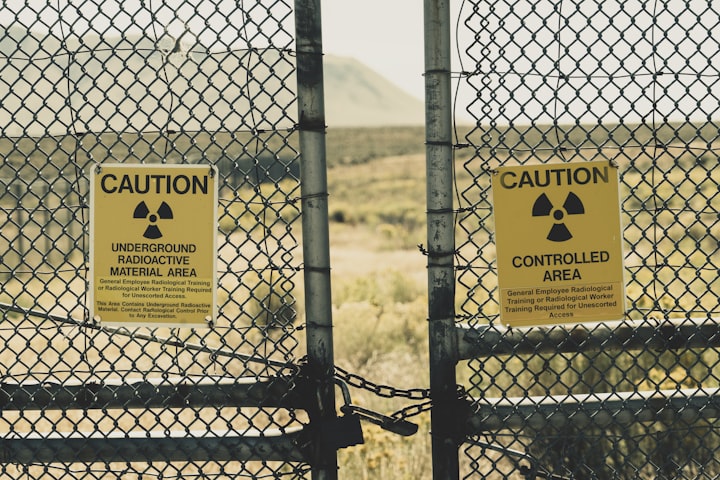Hip Fracture Treatment Initiative Success
Time from admittance to surgery for hip fractures improved by 26 hours

An initiative at to address the way that geriatric patients suffering from a hip fracture are dealt with from the moment they enter hospital to the time they leave and return for their first follow-up is showing good results.
The project study was undertaken Southwestern Medical Center in Dallas, US. The aim was to improve and speed up the care for senior patients when they arrived at the emergency room with a hip fracture.
Hip fractures are a very common injury in older patients especially those with mobility problems. As populations live longer problems with falls and fractures of the hip are increasing and will increase more. The injury can cause agonising pain and so the quicker from arriving at the emergency room or A&E (accident and emergency) as it’s called in the UK, the better in terms of relief to the patient and promotes positive outcomes too.
The team undertaking the initiative was led by Megan Sorich, D.O., Assistant Professor of Orthopaedic Surgery. The underlying principle of the project was to recognise the good work done by the different teams involved and look to merge care as opposed to just passing on care throughout the patient’s treatment. In other words to develop a more streamlined multidisciplinary approach. A form of ‘total care’ with the patient at the heart.

Dr Sorich said in Geriatic Nursing where the peer reviewed study was reported:
“The time is right for more collaborative care of hip fractures, the most common life-altering orthopedic injury among older adults. More than one-third of women living until age 80 will sustain a hip fracture”
There were two main teams involved in the project, Returning Seniors to Orthopedic Excellence (RESTORE) and Nurses Improving Care for Healthsystem Elders (NICHE). RESTORE is the team that deal with the patient from the time they enter the emergency room through to surgery including dealing with pain management as the patient waits and is prepared for surgery. NICHE primarily looks at care immediately after surgery through to getting moving again (ambulating), leaving home and after care.
The project specifically looked at how the different teams could work more closely together rather than just passing on patients from ER, to surgical team, to nursing care through to discharge. This approach requires the building of a collaborative team that includes emergency medicine physicians, internal medicine experts, pain management, geriatrics, anesthesiology alongside physical and occupational therapists, discharge planning coordinators, nutritionists, specialists geriatric resource nurses and more.
The project saw all hip fracture patients moved to the same floor of the hospital in order to encourage continuity of care.
This change in approach led to some startling improvements in the time from admission to actual surgery through to leaving hospital.
The care given was essentially the same but the coordination of care and patient management was more coordinated and streamlined due to the collaborative approach instigated by the change in working practices.
Across the world the move target led individual teams had led in some cases to fragmented services and patient care is not maximised to the extent that it might be with a more integrated approach as evidenced by the Southwestern Medical Center initiative.
“As our population continues to age, more vulnerable patients will need better managed care, and better safety nets,” Dr. Sorich said. “By putting programs like this in place, we hope that we can help other institutions deliver this as well.”
The program saw the time from admission to surgery go down by a full 26 hours from 44 hours to just 18. Through care and patient confidence in after care also increased with attendance at follow up outpatient appointments increasing from 40% (already 10% higher than the US national average) to 70%. The length of stay in hospital dropped by just over a day from 8.72 to 7.60 days.
Not only does a program like this improve outcomes for patients but has advantages for the hospital too as it means that beds become available quicker meaning that overall more patients can be treated across the year.
It will be interesting to see if hospitals across the US and the world take note of this work and look to implement similar collaborative team initiatives to support the treatment and care of elderly patients presenting at ER with hip fractures.
About the Creator
Paul Conneally
Paul Conneally is a Cultural Forager, poet and artist.
He writes on culture in its widest sense from art to politics, music and science and all points between.
His Twitter handle is @littleonion and on Instagram he is @little___onion






Comments
There are no comments for this story
Be the first to respond and start the conversation.